



This project is carried out in collaboration
with the Oseraie du Possible association.

Wicker
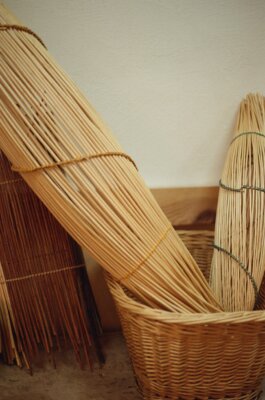
Wicker

From left to right: serpettes, bats, punches, pruning shears, splitters, pliers.

















The association seeks to preserve and promote the traditional craft of basketry by offering tailor-made programmes and workshops in basketry and wild basketry, interactive shows and performances at public and private events, as well as a selection of products through their networks of basket makers throughout the country.
In France, basketry was an important craft in the 1850s, with 40,000 basket makers in the country. Until the industrial era, it was used for many everyday activities, such as preparing and serving meals, storage containers for personal belongings, food supplies, receptacles for transporting goods, etc.
"Basketry has really accompanied all of mankind's technological development,
It's been said that there were more basket makers than bakers in France in 1850. It fell by the wayside after the war, with the arrival of plastic."
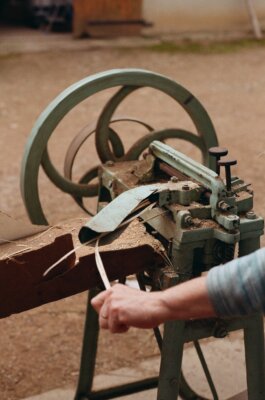
Splicing split wicker


Wicker

However, as a result of industrialisation and the advent of plastic and mass production, only a few hundred wickerwork items remain in France today.
That's why local authorities and associations are developing projects to conserve and promote this heritage. The work of the Oseraie du Possible association since 2014 is a case in point.

Splicing split wicker

Sorting wicker


"Osier-vivant"


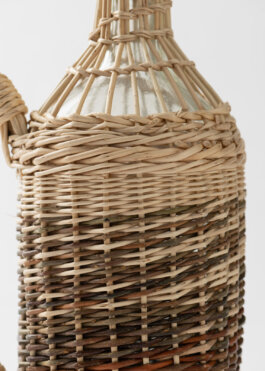




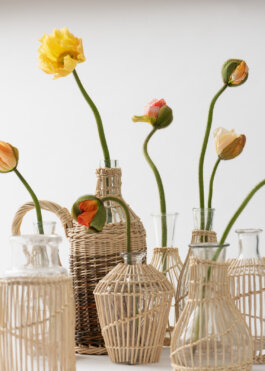

All the antique vases are carefully selected one by one and sent to the workshop of craftsman Pierre Bosch, where they are woven into wicker to suit each shape. This ennobling makes the carafes unique and singular.






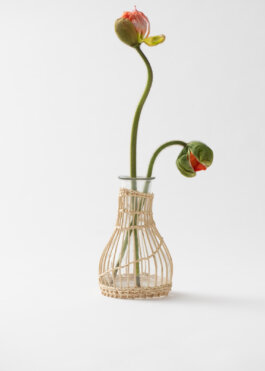




This project is carried out in collaboration
with the Oseraie du Possible association.

Wicker

Wicker

From left to right: serpettes, bats, punches, pruning shears, splitters, pliers.
















The association seeks to preserve and promote the traditional craft of basketry by offering tailor-made programmes and workshops in basketry and wild basketry, interactive shows and performances at public and private events, as well as a selection of products through their networks of basket makers throughout the country.



In France, basketry was an important craft in the 1850s, with 40,000 basket makers in the country. Until the industrial era, it was used for many everyday activities, such as preparing and serving meals, storage containers for personal belongings, food supplies, receptacles for transporting goods, etc.

Splicing split wicker


However, as a result of industrialisation and the advent of plastic and mass production, only a few hundred wickerwork items remain in France today.
That's why local authorities and associations are developing projects to conserve and promote this heritage. The work of the Oseraie du Possible association since 2014 is a case in point.

Splicing split wicker

Sorting wicker


Itinérance co-created a capsule of woven wicker vases with the tableware brand Table.









All the antique vases are carefully selected one by one and sent to the workshop of craftsman Pierre Bosch, where they are woven into wicker to suit each shape. This ennobling makes the carafes unique and singular.






